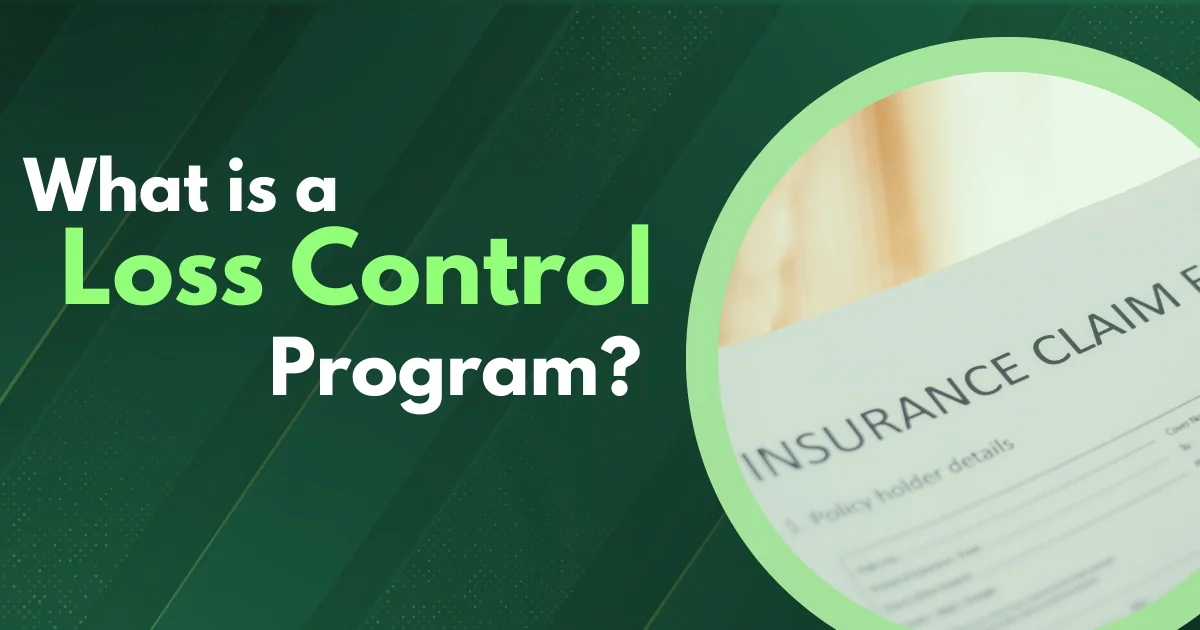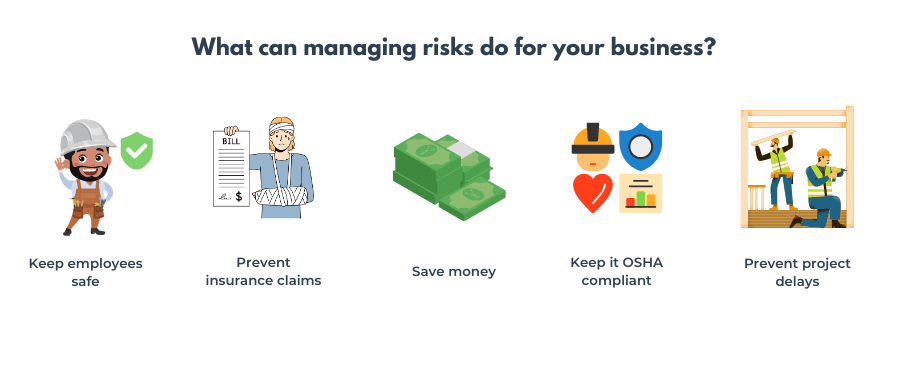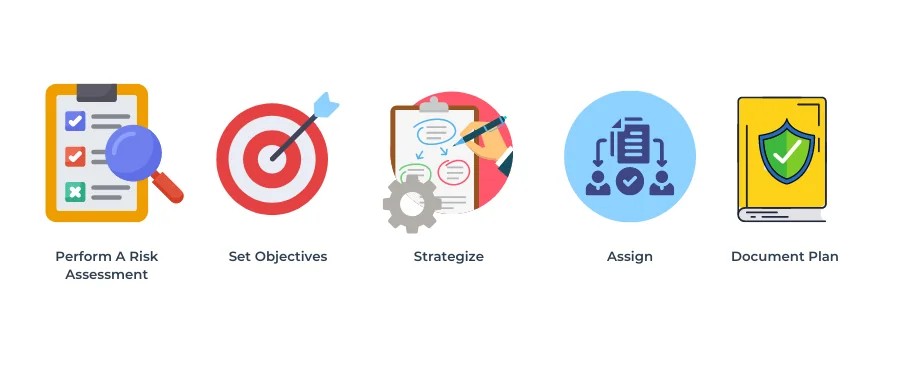Loss Control Program Information Guide

What is Loss Control?
Loss control or controlling loss refers to the process of identifying, assessing, and managing risks associated with construction projects. It aims to minimize potential financial losses, accidents, and injuries, which safeguard both the workforce and company at-large. A well-structured program can significantly reduce the frequency and severity of claims. This, in turn, can lead to lower insurance premiums and increased savings.
Understanding the Basics of Loss Control
Every project comes with inherent risks. Common loss exposures in the construction industry include falls from heights, equipment malfunctions, electrical hazards, and inadequate site security. By recognizing any of these risks early on, construction companies can take targeted actions to mitigate them.
Loss control is built on several foundational principles. These include:
- Risk Identification: Recognizing potential hazards and vulnerabilities.
- Risk Assessment: Evaluating the likelihood and impact of identified risks.
- Risk Mitigation: Implementing measures to reduce or eliminate risks.
- Monitoring and Review: Continuously assessing and refining risk management strategies.
The 7 Impacts of Poor Loss Control
Neglecting loss control can have severe repercussions in the construction industry. Among them are the following:
- Impact on Company Culture: If a company is incurring frequent financial losses due to insurance claims and inadequate safety control measures. Then, what does that say about the business? Poor loss control can erode employee trust in management and may feel that their jobs may be on the line to cover the expenses of future loss incidents.
- Financial Burden: Insurance claims can lead to direct costs through deductibles, increased insurance premiums upon renewal, and potential uncovered costs if the claim exceeds a policy’s limits.
- Project Delays: Claims can result in project delays if equipment is damaged, materials are lost, or work needs to be halted temporarily due to safety concerns or investigations. Delays can lead to additional costs from extended project durations and potential penalties for missing deadlines.
- Reputation and Client Relationships: Insurance claims can damage a company’s reputation, especially if they involve safety incidents or quality issues. Clients may be hesitant to award future projects to a company with a history of insurance claims, impacting business opportunities and relationships.
- Employee Morale and Productivity: Serious incidents leading to insurance claims can affect employee morale and productivity. Workers may feel less secure or motivated if safety protocols are perceived as inadequate, impacting overall project performance.
- Legal and Regulatory Consequences: Depending on the nature of the claim, there may be legal and regulatory consequences. Investigations, fines, or penalties could result if safety standards were not met or if negligence is proven.
- Insurance Premiums and Coverage: After filing claims, construction companies may experience higher insurance premiums or face limitations in coverage options. Insurers may view companies with a history of claims as higher risk, adjusting premiums accordingly.
How To Develop A Loss Control Risk Management Program
Crafting a successful loss control risk management program involves a few key steps:
- Conduct a Risk Assessment: First, begin by identifying the problems that are the potential hazards and assessing their impact on your projects.
- Set Objectives: Clearly define what you’re aiming to solve and achieve with your loss control program, such as reducing incident rates or lowering insurance costs.
- Develop Risk Mitigation Strategies: Outline specific measures to address identified risks, such as safety training, equipment maintenance, and site inspections.
- Assign Responsibilities: Designate roles and responsibilities for implementing and monitoring the program.
- Document the Plan: Create a comprehensive document detailing your risk management strategies, protocols, and procedures.
Key Elements to Include in Your Risk Management Plan
A robust risk management plan should encompass the following elements:
- Hazard Identification and Assessment: Clear documentation of potential risks and their evaluations.
- Safety Protocols: Detailed guidelines on safety practices, emergency procedures, and protective equipment usage.
- Training Programs: Regular training sessions to ensure all employees are aware of safety protocols and risk mitigation strategies.
- Monitoring and Reporting: Systems for tracking incidents, near-misses, and corrective actions taken.
Incorporating technology can greatly enhance your loss control efforts. Tools like risk management software, drones for site inspections, and data analysis can provide valuable insights and streamline processes. Leveraging technology ensures your program stays efficient and up-to-date.
Implementing and Maintaining Your Program
Successfully implementing your loss control program requires careful planning and execution. Here are some strategies to consider:
- Employee Involvement: Engage employees at all levels in the implementation process. Their buy-in is crucial for the program’s success.
- Communication: Ensure clear and consistent communication about the program’s objectives, procedures, and benefits.
- Trial Runs: Conduct pilot tests in specific areas to identify potential challenges and make necessary adjustments.
The Importance of Regular Program Evaluation and Updates
A loss control program is not a set-it-and-forget-it solution. Regular evaluation and updates are essential to keep it effective. Schedule periodic reviews to assess the program’s performance, identify areas for improvement, and incorporate feedback from employees.
Continuous Improvement and Adaptation
The construction industry is dynamic, with new risks emerging regularly. Stay ahead by continuously adapting your loss control strategies. Attend industry conferences, subscribe to relevant publications, and network with peers to stay informed about the latest trends and best practices.
Conclusion
In risk-prone industries such as construction, effective loss control is a game-changer. By proactively identifying and managing risks, construction firms can reduce claims, enhance safety, and boost profitability. Remember, a successful loss control program is built on thorough risk assessment, clear objectives, and continuous improvement.
Now that you have the knowledge, it’s time to take action. Start developing your loss control risk management program today and pave the way for a safer, more efficient construction environment. For further guidance and expert insights, consider reaching out to industry professionals or attending specialized workshops. Happy building!




